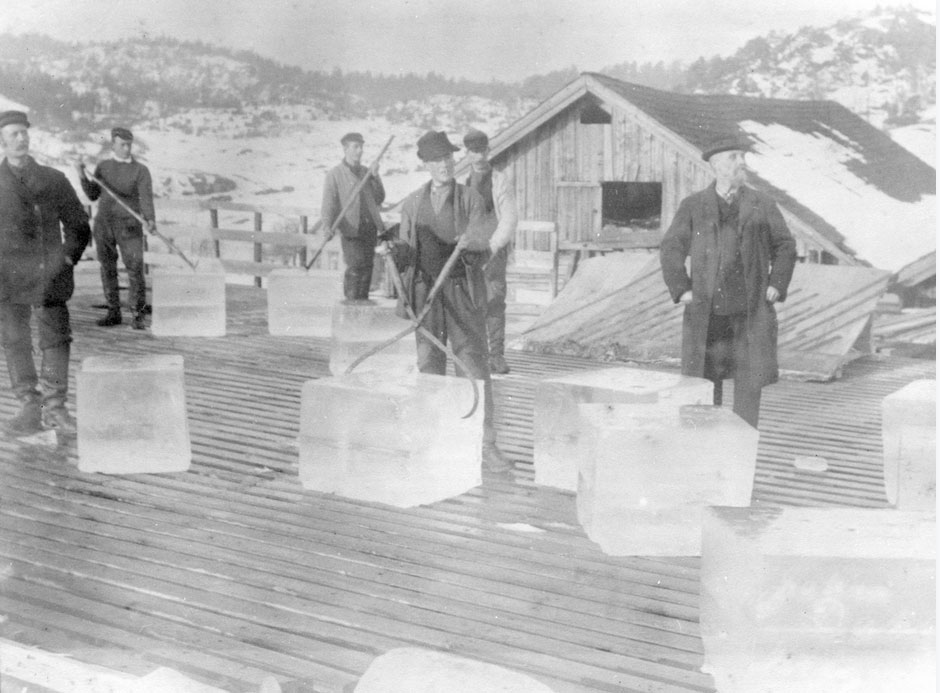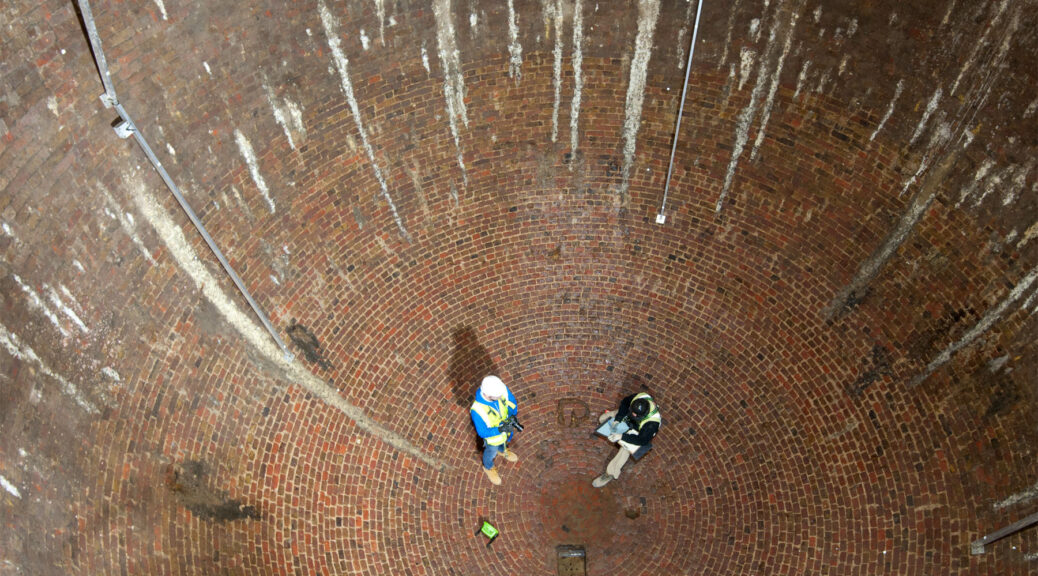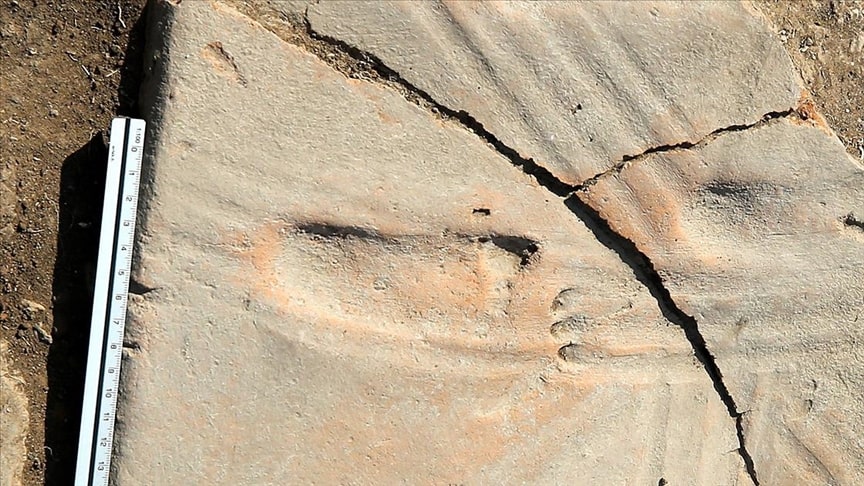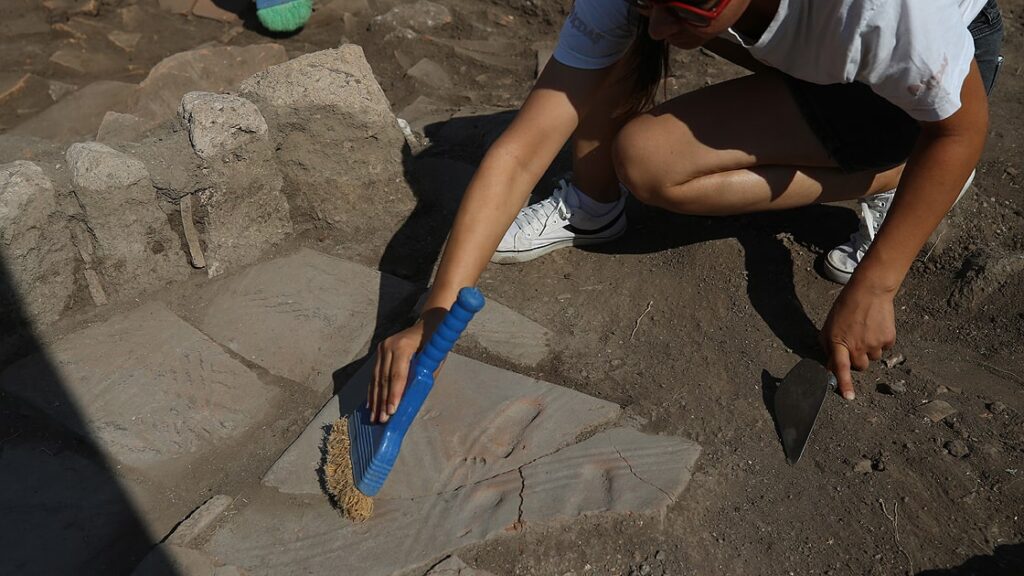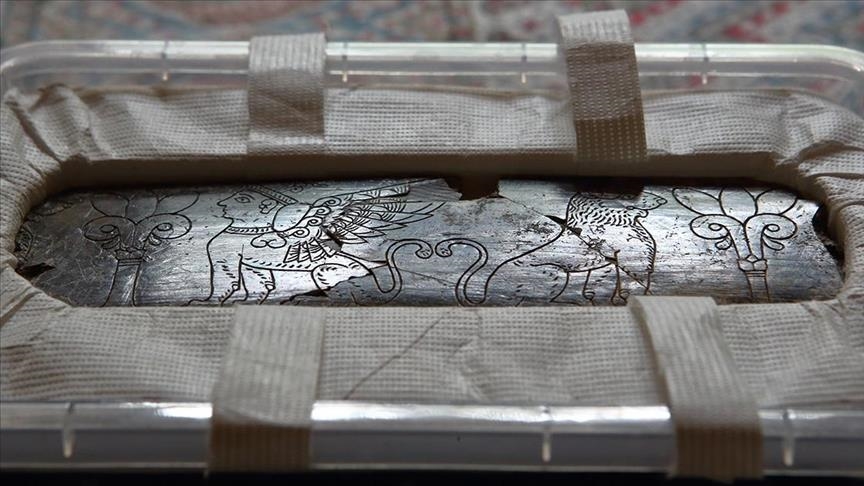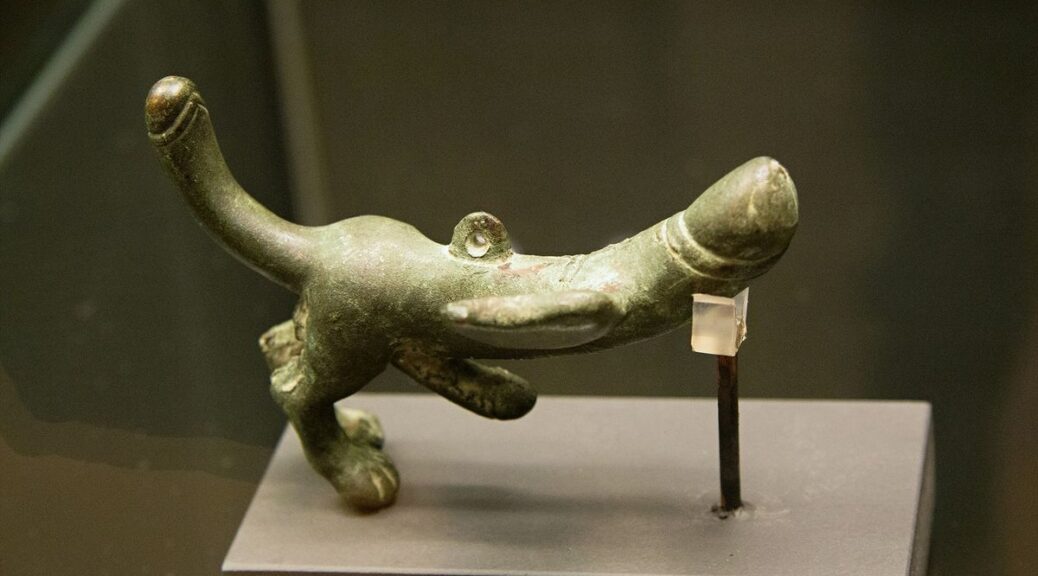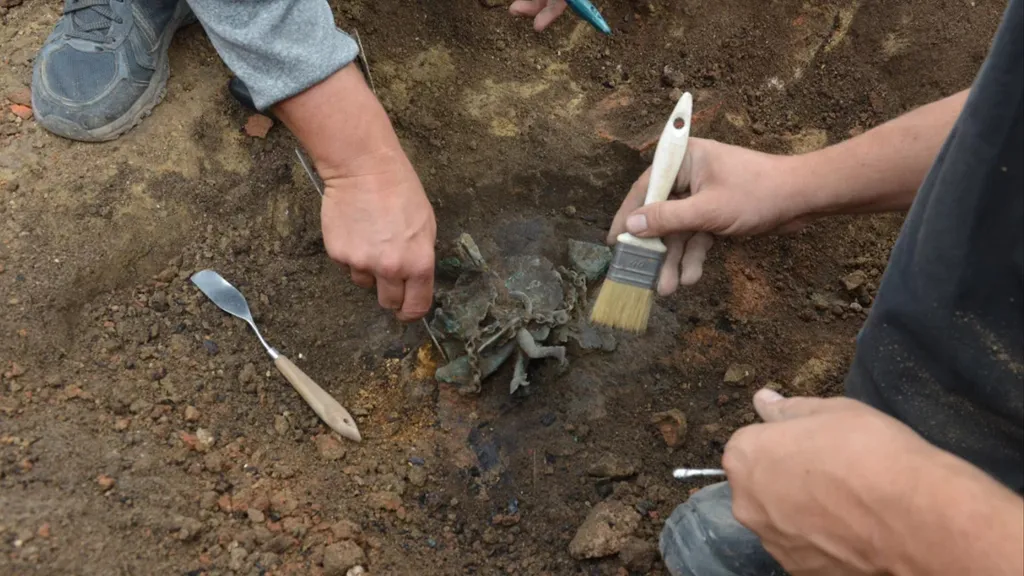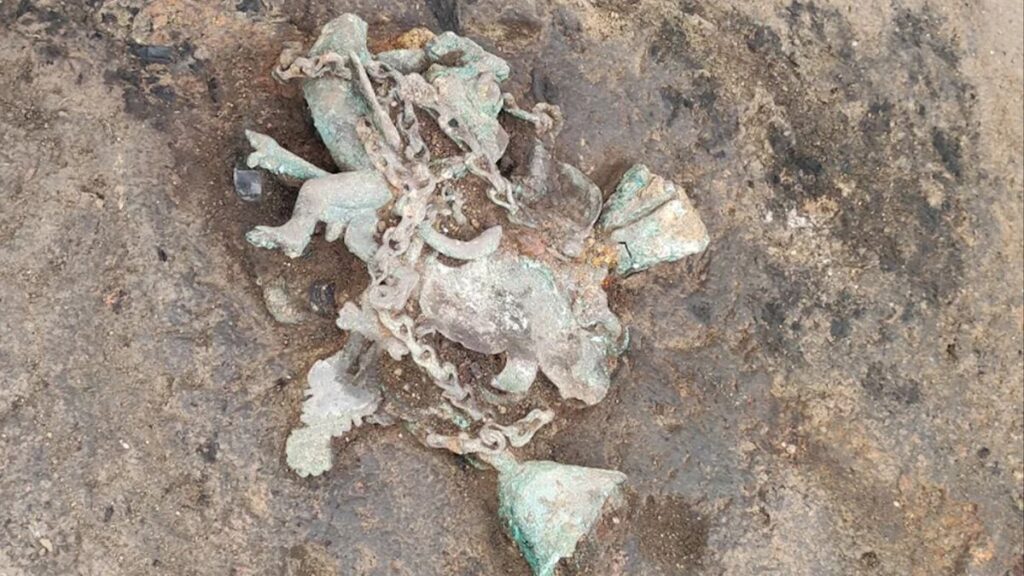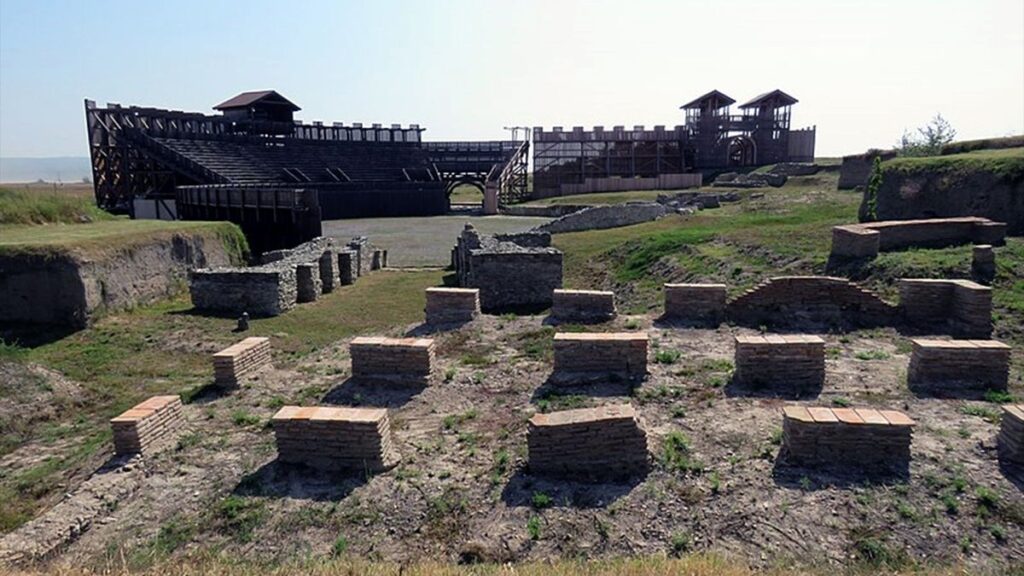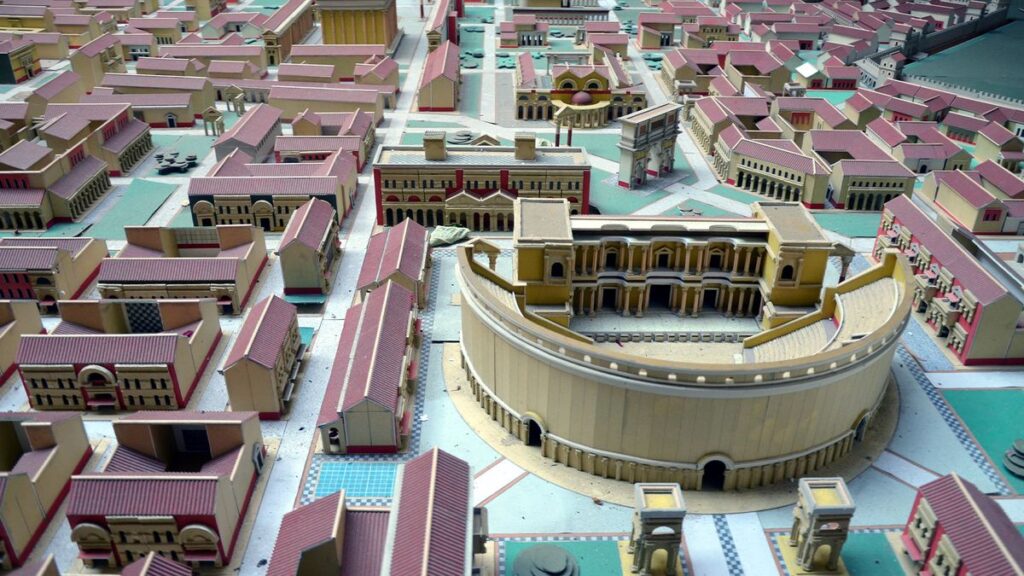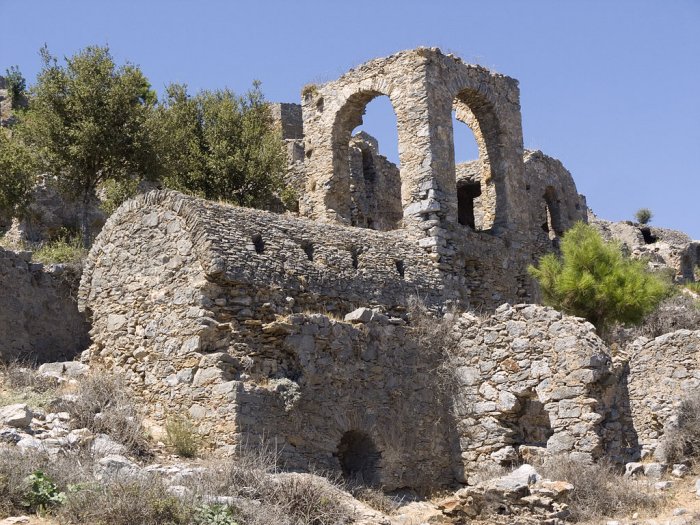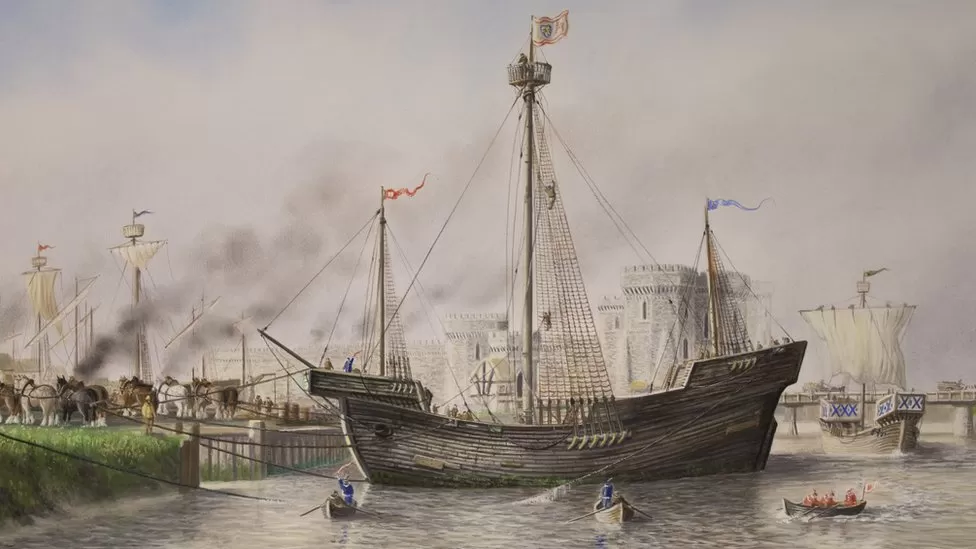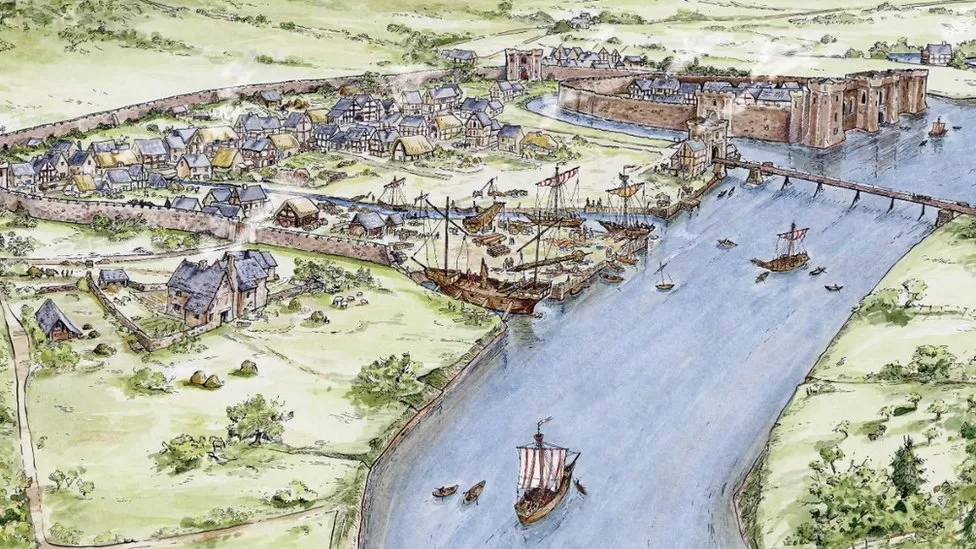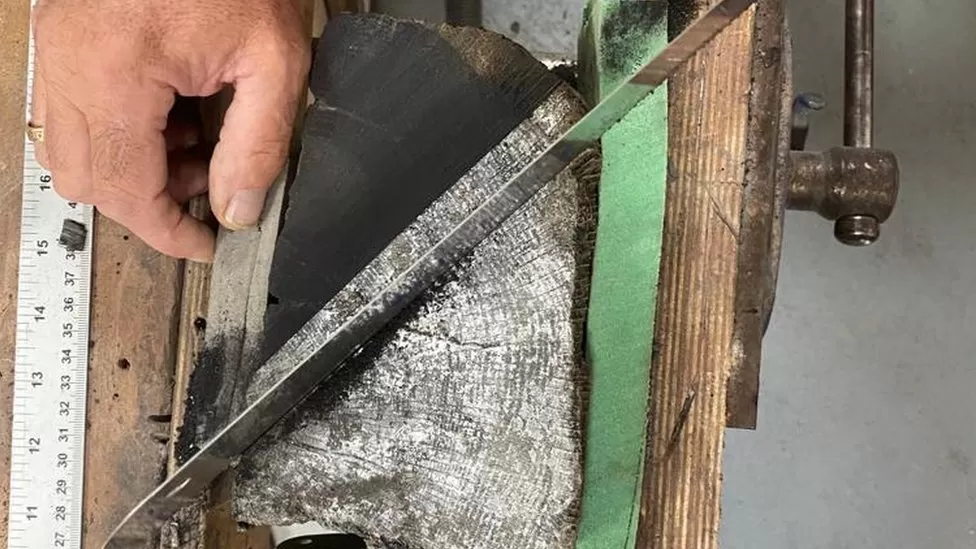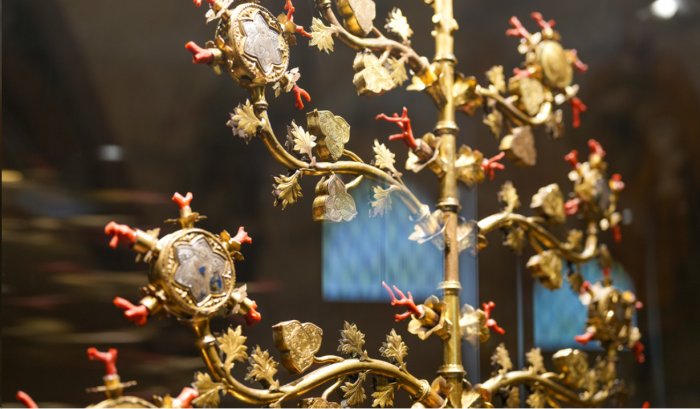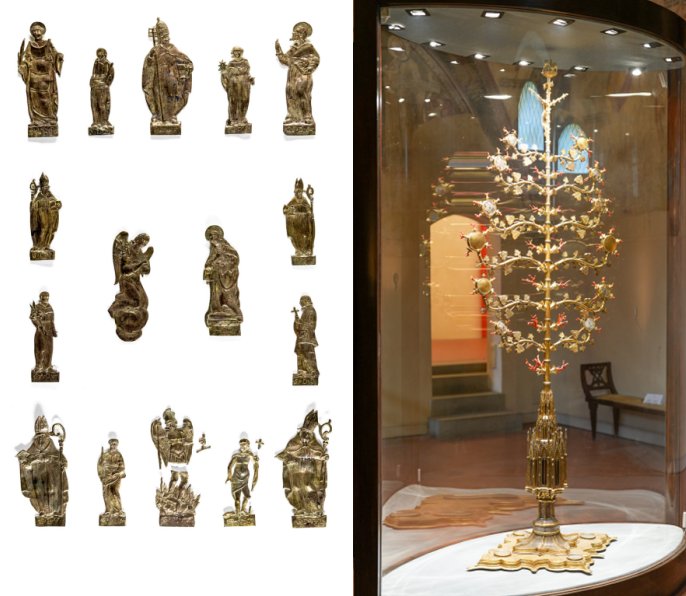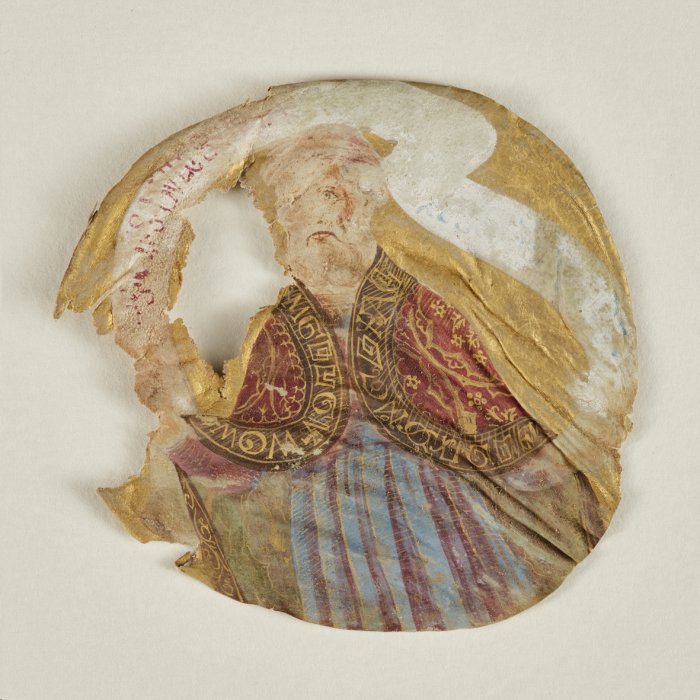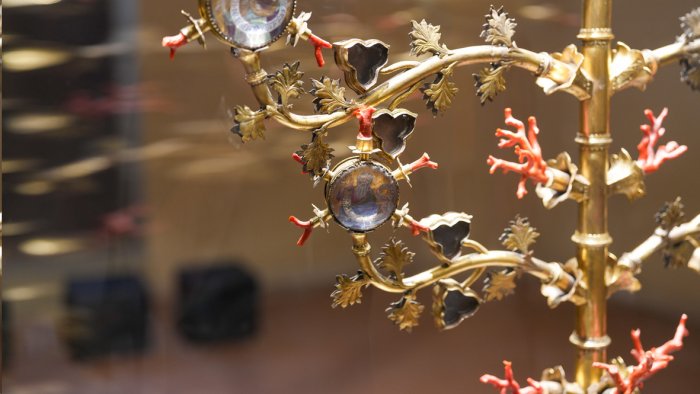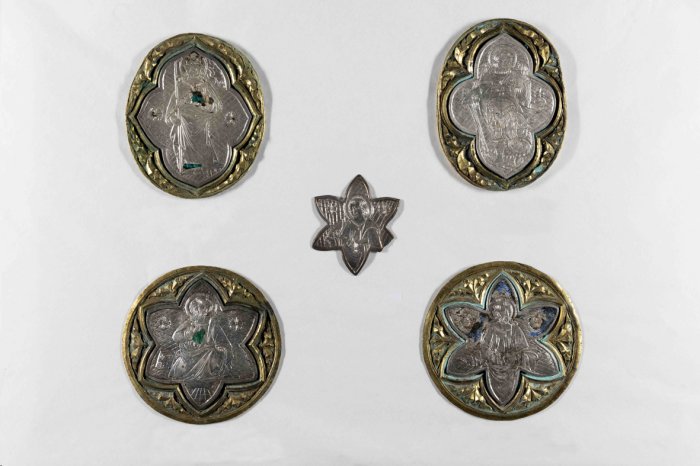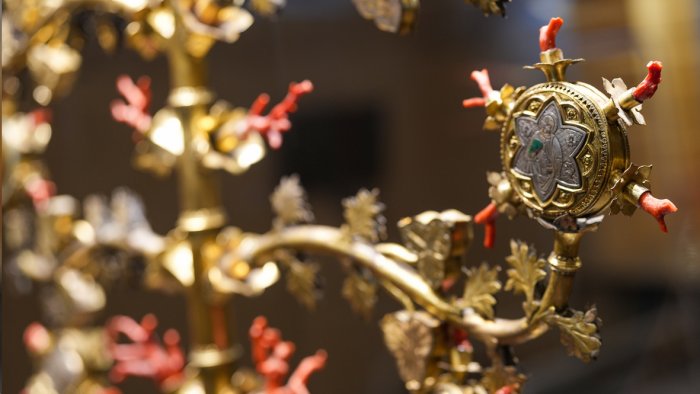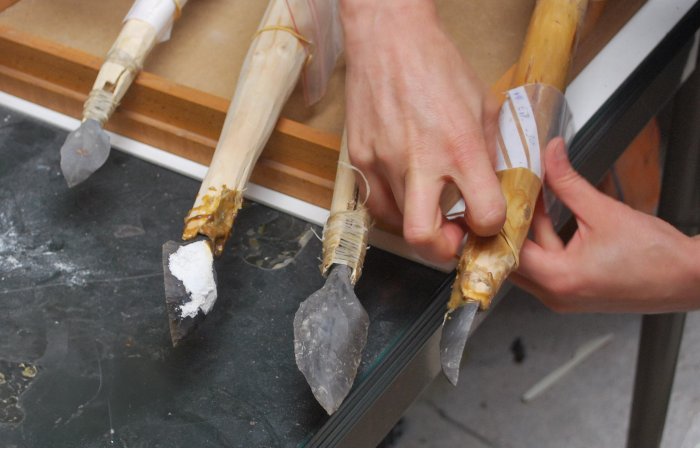Enormous 18th-Century Ice House Re-Discovered Under London Street

Archaeologist in London have re-discovered a subterranean ice house near Regents Park. Dating back to the 1780’s, the egg-shaped cavern was used to store ice, which was imported from as far away as Norway.
Made from bricks, the structure would have been one of the largests of its kind at the time, according to the Museum of London Archaeology (MOLA).
The egg-shaped chambers measures 25 feet (7.5 meters) wide and 31 feet (9.5 meters) deep.
Archaeologist with MOLA found the ice house, also known as an ice well, along with its entrance chambers and vaulted ante-chamber, during preparation for the development of the Regent’s Crescent residential project.
MOLA said the ice houses is in remarkable condition, given that building directly above it were destroyed during the London Blitz of the 2nd World War, and that a subway line runs about 32 feet (10 meters) underneath, as the Guardian report.
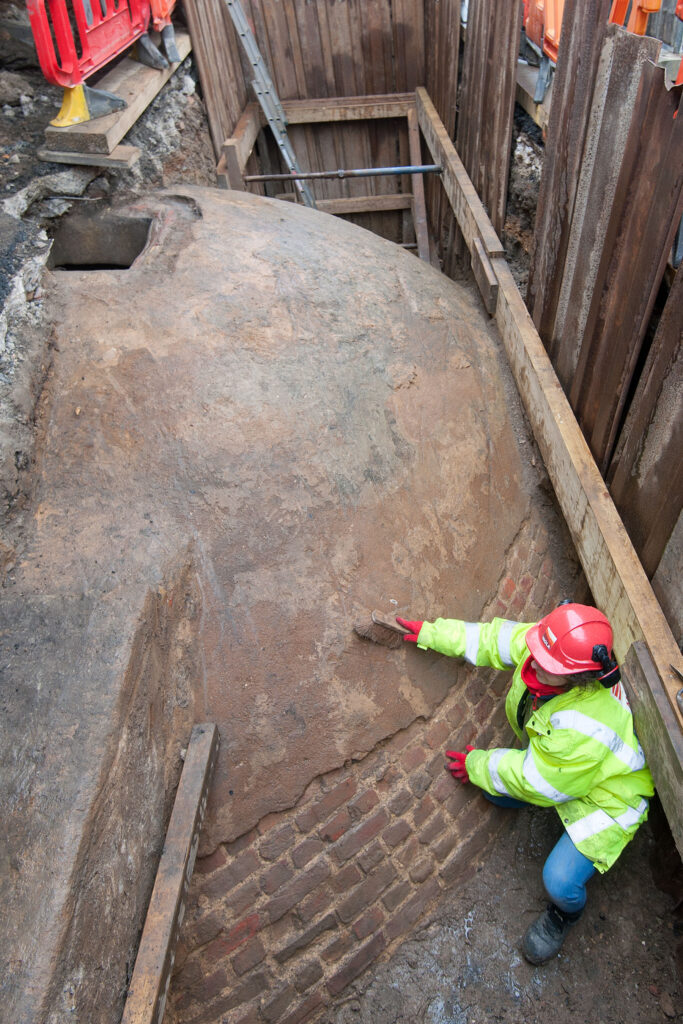
It is hard to believe that a structure as large as this could have gone missing, but the entrance was buried during clean-up operations after the Blitz.
“There was always an understanding that there was an ice house here somewhere, but we were not sure where,” David Sorapure, the head of Built Heritage at MOLA, told the Guardian.
“Even after we found where the entrance was, we were not quite sure how big it was, or how you got in.”
MOLA is working at the site on behalf of Great Marlborough Estates, which is currently redeveloping Regent’s Crescent, which once boasted elaborate stucco terraces designed by architect John Nash, who also designed Buckingham Palace.
The ice well was built underneath the terrace in the 1780s by Samuel Dash, who had ties to the brewing industry. By the 1820s, ice-merchants and confectioner William Leftwich was using the Ice Houses to store and supply ice for wealthy Londoners, according to MOLA.

While modern refrigeration had yet to be invented, that did not deter Englanders from wanting easy access to ice.
It was not possible back then to create ice artificially, so it had to be gathered from local waterways and stored in subterranean ice houses, of which there were thousands in London alone (though much smaller than the newly discovered ice house).
As the Guardian reports, workers at the ice house would descend into the chambers to collect pieces of ice when needed. The ice would have been delivered to customers, including restaurants and potentially doctors and dentists, via a horse-drawn cart.
While we may take access to ice for granted today, the frozen stuff was in high demand in Leftwich’s day. According to a MOLA press release:
Leftwich was one of first peoples to recognise the potential for profit in imported ice: in 1822, following a very mild winter, he chartered a vessel to make the 2000 km round trip from Great Yarmouth to Norway to collect 300 tonnes of ice harvested from crystal-clear frozen lake, an example of “the extraordinary the length gone to at this time to serve up luxury fashionable frozen treats and furnish food trader and retailers with ice” (as put by David Sorapure, our Head of Built Heritage).
The venture was not without risks: previous import had been lost at sea, or melted whilst baffled custom officials dithered over how to tax such novel cargo.
The newly re-discovered ice houses has now been designated a Scheduled Monument by Historic England. Restoration work is planned for the structures, along with the construction of a viewing corridor to allow public access.
